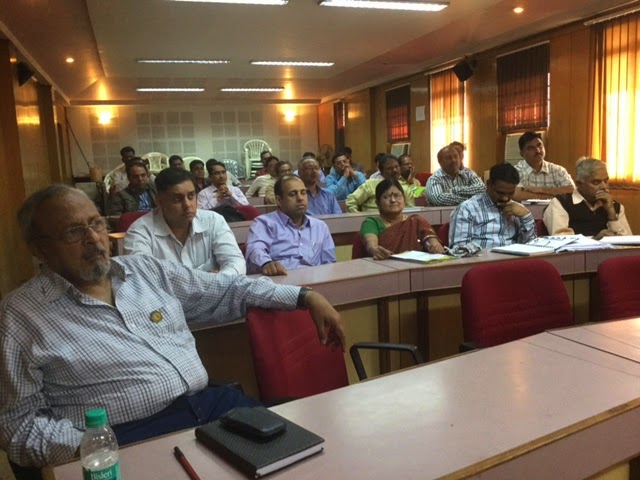97% of world’s total water
is in ocean, 2% is locked in the polar caps & only the balance 1% is fresh water.
Of this fresh water about 40% is surface water & the remaining 60% is ground water.
Rains help to maintain ground water table through natural percolation, besides
maintaining surface water levels.
In Asian countries like India, the annual monsoon is a life-line for the nation’s growth & survival. India’s share of fresh water is just 4% of the
available 1% of fresh water. This water is used by three users:
- Agriculture 70%
- Industry 20%
- Domestic 10%
Surface
Water- Majority of the surface water across the world is polluted due to ingress of untreated
domestic sewage, industrial effluents, agriculture run off containing pesticides, fertilisers and garbage. Sadly, most of the rivers
in India today are nothing but sewage carriers.
Ground
Water- Due to rapid
urbanisation, the percolation rate has reduced drastically due to concretisation.
In cities like Pune, this rate is down from 35% to below 10% in less than 40 years. 65% of our farm sector depends on rain & ground water. In Maharashtra 85% of drinking water schemes
in rural sector depend on ground water. Due to the drought like conditions over the last few years, ground water extraction rate has far exceeded the re-charge rate.
Global
Warming has very
adverse effect on all the natural resources, especially on water. As per a NASA
study, every day, energy equivalent of exploding 400,000 of Hiroshima type of
bombs is generated. 90% of this energy is absorbed by the ocean, giving
rise to higher ocean water temperatures. This is causing huge disturbance in the monsoon cycle. Studies shows
that high consumption of fossil fuels in power generation & vehicles are further exacerbating global warming.
Measures
to be taken to tide over present water crisis-
1. Citizen awareness campaigns about the potential
of rain water & the benefits of rainwater harvesting systems to improve
falling water table
2. Strict
implementation of RWH policies of local body Govt.
3. Training of local Govt. RWH systems &
testing before issuing NOCs to new buildings as well as old buildings.
4. Declaring Open / Bore wells as state property,
bore well to be dug only by permission from local Govt, with an undertaking to
recharge using RWH systems
5. De-silting of city
dams to improve their storage potential
6. Planned replacement
of old water pipes to reduce leakage in a phased manner.
8. To legislate and enforce a new water
conservation policy
9. Govt. of Maharashtra should be requested to
change existing RWH policy of MIDC & make RWH mandatory for all MIDC units.
This will help reduce their share on fresh water.
10. Strict implementation of Govt. of Maharashtra
the Feb 2002 GR titled SHIV KAALIN PAANI SAATHVAN YOJANA, which makes Roof Top
RWH mandatory for all Govt. & Public buildings in the State.
As per IPCC predictions, extreme climatic events are likely to continue with increased
severity. This is further going to aggravate the water crisis. It is the duty of
all the stake holders to change their attitude towards water from present, use,
pollute & discard to use, recharge grey water& reuse it, conserve every
drop of water supplied, recharge every drop of rain water, discard minimum of
water.



